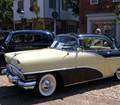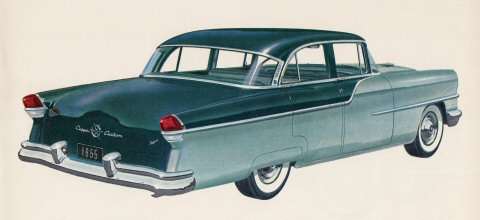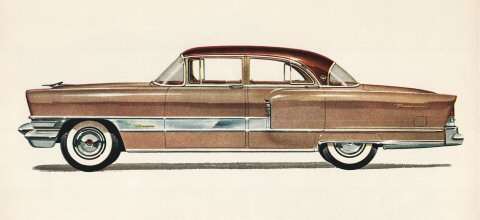|
Re: Repairing '55 Clipper seat panels
|
||||
|---|---|---|---|---|
|
Forum Ambassador
|
Quote:
You could also buy a lot of fiberglass for that price. I can't say as I am surprised at the figure though. I figured there would be a setup charge and then with the large size of the piece I expect it would take a lot of hourly machine time to be paying for. An interesting experiment might be to do a mold casting of the interior shape using something like Plaster of Paris. It does make sense the interior mold is the method used with the original vacuum forming process. Plaster is inexpensive and if the original piece has wrap around edges that would prevent the mold from releasing easily, it would be easier to break and sacrifice plaster to remove it without damaging the original part. You could also make a mold in sections too. Tape over the damaged places in the original to contain the plaster. When the plaster mold is dry and out, join the pieces and sand and finish the plaster to make it look as if it was a solid piece and any damage seen on the original was not present. Without a large heat source and vacuum pump plus the proper air channels in the mold, it would be hard to do a real vacuum process using ABS plastic or a textured material like the original plastic. You might be able to lay up a few layers of fiberglass over that mold and use a vacuum bag and hand forming process to do the form fitting. I think a decent replica of the panel could be made with that method but I don't know how the surface would be finished out. I think the originals had a slight grain pattern which would not be present with the glass. Possibly there is a specialty spray paint that could duplicate the grain. Almost wish I had a side piece to play with.
Posted on: 2017/7/10 14:11
|
|||
|
Howard
|
||||
|
||||
|
Re: Repairing '55 Clipper seat panels
|
||||
|---|---|---|---|---|
|
Home away from home

|
Howard:
I think you might be on to something. Clearly I have no means to create a mold for plastic using a vacuum process at home. I don't think it would be that hard to create a plaster of paris mold of the inside of the panel. I don't know how fiberglass interacts with plaster, but it would be worth a shot to find out. Thank you very much, Craig
Posted on: 2017/7/11 9:50
|
|||
|
You can make a lot of really neat things from the parts left over after you rebuild your engine ...
|
||||
|
||||
|
Re: Repairing '55 Clipper seat panels
|
||||
|---|---|---|---|---|
|
Forum Ambassador
|
The plaster would need to be thoroughly dry, sealed with shellac or varnish and then coated with a release agent before any fiberglass is applied.
The nice thing about the vacuum bag method is an ordinary pump used for evacuating A/C systems could be the vacuum source. It is a bit small and would take longer than a commercial vacuum source to evacuate the bag so a slow setting resin might be an advantage. I use my AC pump and a modified ordinary paint pressure pot to do vacuum degassing of regular casting materials without any problems. The pump and pressure pot were Harbor Freight products. The plastic used for the bags is available by the yard and with something that small it shouldn't take more than a couple of yards plus the sealing tape and a fitting for the pump to attach.
Posted on: 2017/7/11 10:03
|
|||
|
Howard
|
||||
|
||||









